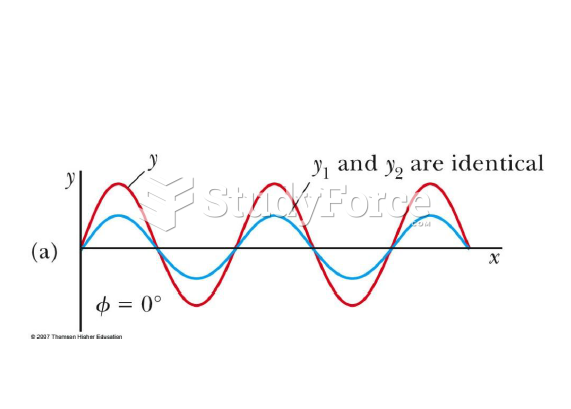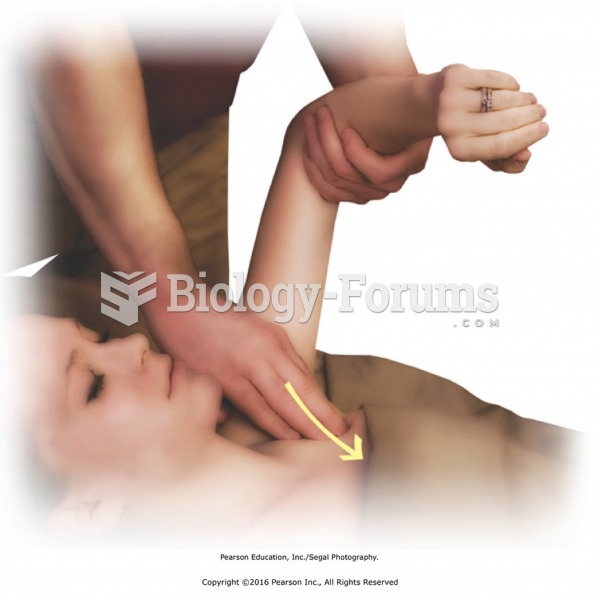Answer to Question 1
In constructive perception, the perceiver builds (constructs) a cognitive understanding (perception) of a stimulus. The concepts of the perceiver and his or her cognitive processes influence what he or she sees. The perceiver uses sensory information as the foundation for the structure but also uses other sources of information to build the perception. This viewpoint also is known as intelligent perception because it states that higher-order thinking plays an important role in perception. It also emphasizes the role of learning in perception.
According to Gibson's theory of direct perception, the information in our sensory receptors, including the sensory context, is all we need to perceive anything. As the environment supplies us with all the information we need for perception, this view is sometimes also called ecological perception. In other words, we do not need higher cognitive processes or anything else to mediate between our sensory experiences and our perceptions. Existing beliefs or higher-level inferential thought processes are not necessary for perception.
Answer to Question 2
People who suffer from an agnosia have trouble perceiving sensory information. Agnosias often are caused by damage to the border of the temporal and occipital lobes or restricted oxygen flow to areas of the brain, sometimes as a result of traumatic brain injury. There are many kinds of agnosias. Not all of them are visual. Generally, people with agnosia have normal sensations of what is in front of them. They can perceive the colors and shapes of objects and persons, but they cannot recognize what the objects are. They have trouble with the what pathway.
A different kind of perceptual deficit is associated with damage to the how pathway. This deficit is optic ataxia, which is an impaired ability to use the visual system to guide movement. People with this deficit have trouble reaching for things. All of us have had the experience of coming home at night and trying to find the keyhole in the front door. It's too dark to see, and we have to grope with our key for the keyhole, often taking a while to find it. Someone with optic ataxia has this problem even with a fully lit visual field.







